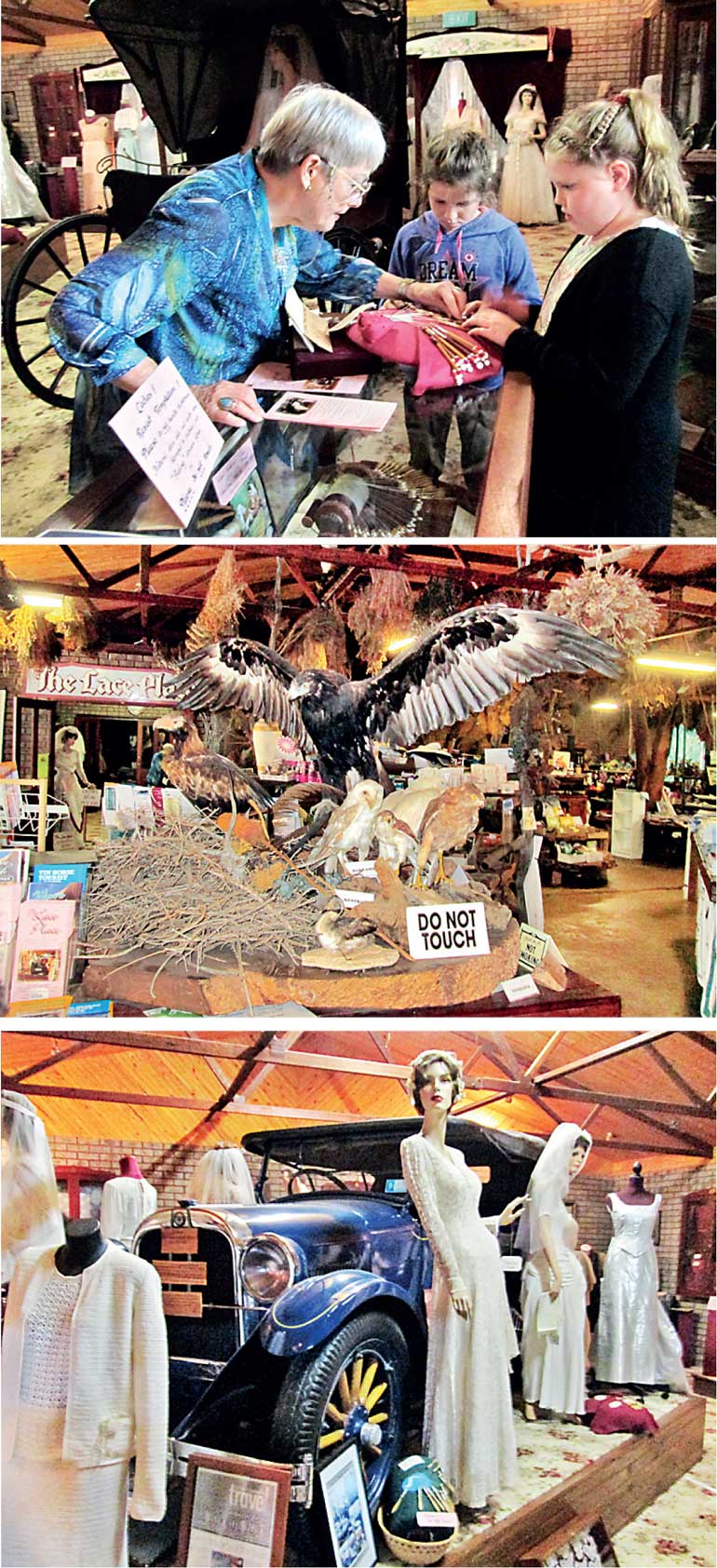Friday Dec 19, 2025
Friday Dec 19, 2025
Saturday, 7 May 2016 00:05 - - {{hitsCtrl.values.hits}}

 Wild flowers are a speciality in Australia. It has been estimated that there are around 20,000 species throughout the country. Of them more than 10,000 varieties are in Western Australia (WA), making it the world’s largest collection.
Wild flowers are a speciality in Australia. It has been estimated that there are around 20,000 species throughout the country. Of them more than 10,000 varieties are in Western Australia (WA), making it the world’s largest collection.
“It’s a staggering sight to behold, especially when you consider 60% of Western Australian wildflowers are found nowhere else on Earth,” is how WA ‘sells’ wild flowers. The glorious carpets of colour and curious blooms can be enjoyed for six months of the year which begins in June in the north and goes on until November when wild flowers can be seen in the south coast.
September is the month to be in Perth, WA capital where a wild flowers thrive in the Kings Park Botanical Gardens as well as Perth’s many nature reserves and national parks “from brightly coloured banksias to vivid red and green kangaroo paws”, as the brochures describe.
It’s amazing how dried wild flowers are equally exiting as the colourful ones seen during the season. The ‘Wave Rock Wild Flower Shoppe’ in Hyden is a small complex with a few shops with the old touch. Anyone who walks in is greeted by a huge stuffed eagle surrounded by smaller ones in a made-up nest. Passing a vintage car which anyone is free to get into, is an old-fashioned restaurant with old style tables, chairs and benches where one can enjoy a hearty meal in a typical antique backdrop.
You look up and you see unusual décor. The ceiling is decorated with a vast array of dried wild flowers in numerous shapes and designs – a rare sight indeed. Long rows of dried flowers are inter-mixed with old lamps, buckets and other utensils. A huge butterfly made with dried flowers, a trumpet decorated with flowers and an old style oven using coal to light up are some of the ‘exclusives’ not to be missed. In a corner a female singer provides sober music.
Lace museum
As you come out of the restaurant in the same way you entered, gazing at you are rich lace dresses. The Lace Palace exhibits a collection of lace dating back to 1650 – over 360 years! It’s a museum housing the collection of a female – Margaret Blackbun (1920-90) by name - with a keen interest in lace and who had inherited family pieces and had added many more through gifts and purchases from Australia and overseas. Antique gowns and wedding dresses attract the eyes of all visitors who are also treated to a demonstration by the ardent lace maker/curator, if interested.
It was amusing to read that early laces were designed, made and worn by men “for the glory of the church, royalty and army officers.” 17th Century lace had even flowed from men’s boots!
Quotes from Bklackburn’s notes are interesting:
In the 17th Century, to be fashionable, one had to be christened, married, executed and buried in lace.
Thorns and fish bones were used before a type of pin was invented. Bobbin laces improved enormously after 1530 when the brass pin arrived.
Mary Queen of Scots designed and made bobbin lace and was wearing ‘bone lace’ at her execution in 1587.
Queen Elizabeth I of England (1558-1603) boosted the lace industry with her ruffs, cuffs and lace stocking fronts although she decreed that no wife of less than a knight could wear lace.
The Flemish lace weavers, who brought their skills to England when escaping religious persecution, also brought seeds of cabbage, cherry, carat and turnips.
Napoleon’s decree that French lace should be worn at court could not stem the decline of the lace industry, as many lace makers had been guillotined with the aristocratic employers in the French Revolution of 1789.